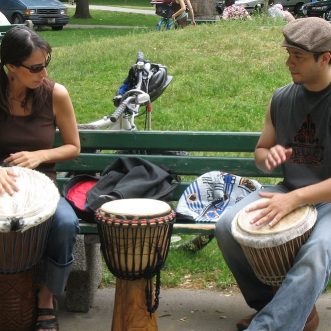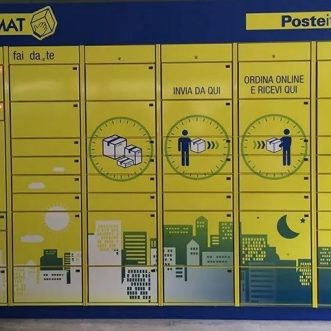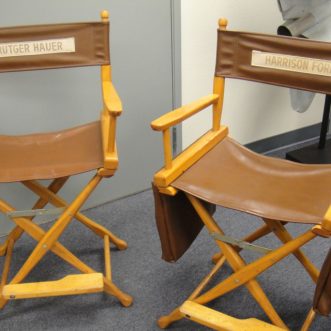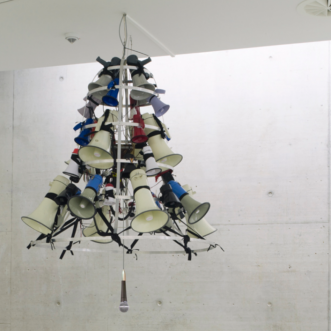June 6, 2023
We humans are apt to shout ‘Eureka!’ at our first inkling of understanding.
And then rush to apply our new bit of knowledge, without thinking about what else might be true, or what the consequences might be.
We grow our understanding literally bit by bit, and fail to see the systems those bits are part of.
In our farms, we miss that microbes, plants and fungi have evolved to work together over aeons. That animals evolved to work with microbes, plants and fungi over aeons.
So we see a thing like artificial fertiliser, or ploughing, or pesticides, or herbicides, and say “That’s the answer, let’s apply more if it. Now! More! Faster!”
Soon we’ve destroyed the finely balanced systems that were there before. And made ourselves more dependent on our crude and artificial methods than before.
In industry, we miss that humans have evolved to care for, play and work together over millenia.
So we come up with a theory that people are selfish and lazy and say “That’s the answer, let’s apply more if it. Now! More! Faster!”. By force if necessary.
Soon we’ve destroyed the finely balanced systems that were there before. And made life miserable for billions.
The good news for our soils is that microbe generations are short, so with the right treatment, our soil microbiome can recover within just a few years.
The good news for our people is that human generations are long, so we haven’t forgetten any of our co-operative, playful and caring traits. They are there already, just waiting to be released.
It’s not too late.
The way to regenerate our soils is through many more smaller farms, growing a wide variety of high-value vegetable crops, with no-digging, plenty of organic matter and lots of rotation.
The way to regenerate our industry is through many more smaller firms, offering a wide-variety of high-value services, with employee ownership, responsible autonomy, plenty of human interaction and lots of rotation.
I can’t help with farming, but business? That’s what I’m here to do.









